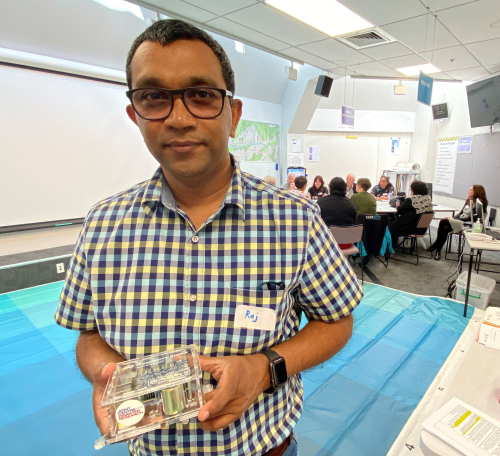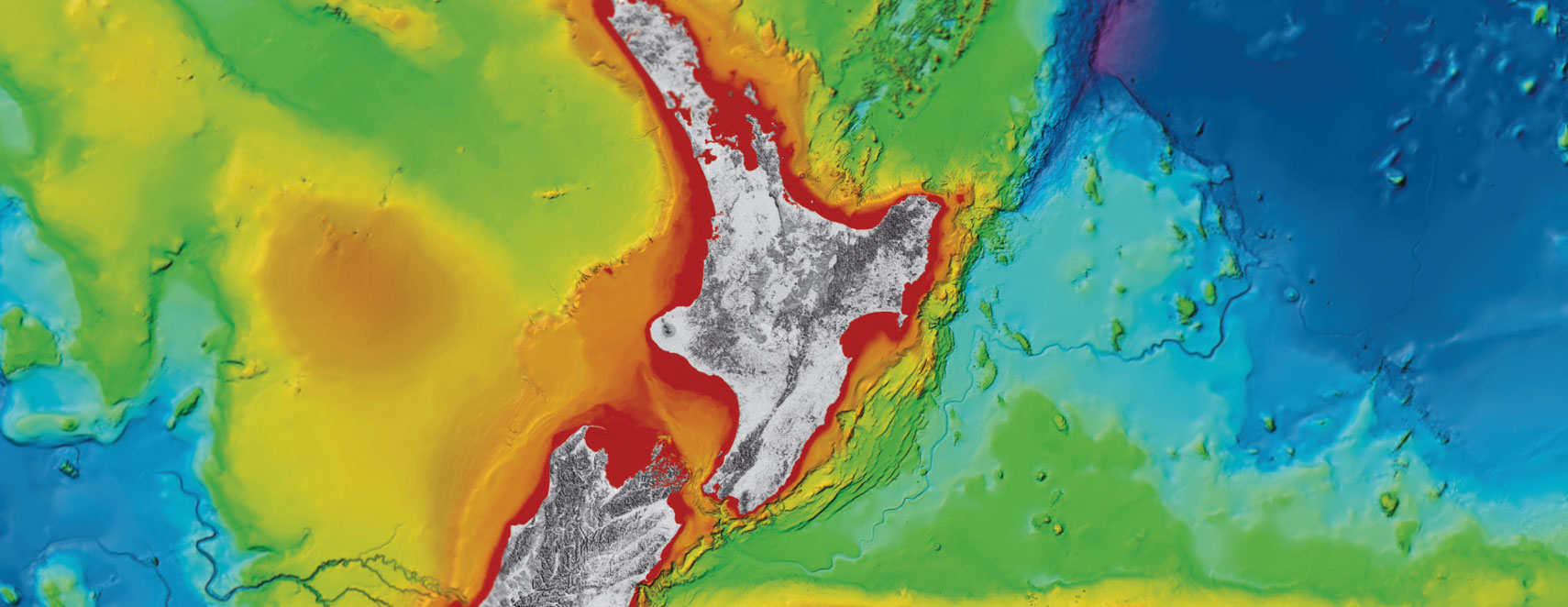
Researchers mobilise citizen-scientists for insights into community-based Earthquake Early Warning System

Scientists are calling on New Zealanders to become citizen seismologists to help determine whether a low-cost community-based earthquake early warning system is feasible in New Zealand.
The project, co-funded by EQC and Massey University, has enabled a group of scientists, led by the Joint Centre for Disaster Research at Massey University, to source a number of low-cost seismometers and work with a number of communities to see if they would be willing to become part of a research project aiming to trial an earthquake early warning sensor network.
“At present, there is no earthquake early warning system in New Zealand. In this research project, we want to explore the feasibility of developing an early warning system for earthquakes informed by low-cost internet-based seismometers. The sensors would be installed in community owned buildings to generate appropriate warning solutions for members of the community,” says lead researcher Raj Prasanna from Massey University.
After earlier meetings at Massey University in Wellington, Orewa and Nelson, the research team last week brainstormed with residents in Lower Hutt. The residents expressed their thoughts and concerns on owning a private seismometer as part of a possible future network of low-cost seismic sensors that could issue earthquake early warnings.
“Ideally, the sensors hosted by the citizen seismologists would be configured as a network of sensors to test different detection algorithms. The data gathered from the community will help us explore the feasibility of generating warnings using these low-cost sensors. The warning may only be 10 seconds, but it will give people time to take the safety action of “drop, cover, and hold.” says Prasanna.
The work builds on other EQC research by Dr Julia Becker from Joint Centre for Disaster Research at Massey University, who last year discovered that there is strong interest among New Zealand residents, businesses and agencies in an early warning system for earthquakes. New Zealand may not have the financial resources of some other countries, like Japan, to replicate their state-of-the-art early warning systems.
“That is why we have been looking into low-cost options that people could possibly acquire in the future, complementing the existing Geonet seismic sensor network that currently provides vital earthquake related information immediately after an earthquake occurs,” says Prasanna.
He explains that his team has been testing a number of off-the-shelf low-cost sensors in the laboratory setting and hope to start installing approximately 20-25 of the sensors in the middle of the year to conduct field trials.
Once installed, the sensors will be connected as part of a smart internet-based sensor network. If a large earthquake takes down some part of the communication infrastructure, the sensor network would automatically adapt and find ways to reconnect with the remaining sensors in operation if power can still be accessed. Prasanna says that workshops like the one in Lower Hutt are vital to find out what the community want and to understand the pros and cons of such a system being used by the public.
“For example, do people want a warning for every earthquake or only the big ones? We also want their feedback on how much members of the community would be willing to spend on a sensor and if people would be willing to get one in their homes.”
“These are all really important questions that need some end-user perspectives. At the end of this study, we expect to have a more accurate understanding of people’s thoughts on being part of an earthquake early warning system contributed by members of the community.”
For more information go to the project’s website http://crisislab.org.nz/eew/
10 February 2023
Disclaimers and Copyright
While every endeavour has been taken by the East Coast Lab Hikurangi Subduction Zone M9 to ensure that the information on this website is
accurate and up to date, East Coast Lab Hikurangi Subduction Zone M9 shall not be liable for any loss suffered through the use, directly or indirectly, of information on this website. Information contained has been assembled in good faith.
Some of the information available in this site is from the New Zealand Public domain and supplied by relevant
government agencies. East Coast Lab Hikurangi Subduction Zone M9 cannot accept any liability for its accuracy or content.
Portions of the information and material on this site, including data, pages, documents, online
graphics and images are protected by copyright, unless specifically notified to the contrary. Externally sourced
information or material is copyright to the respective provider.
© East Coast Lab Hikurangi Subduction Zone M9 - www.eastcoastlab.org.nz / +64 6 835 9200 / info@eastcoastlab.org.nz
